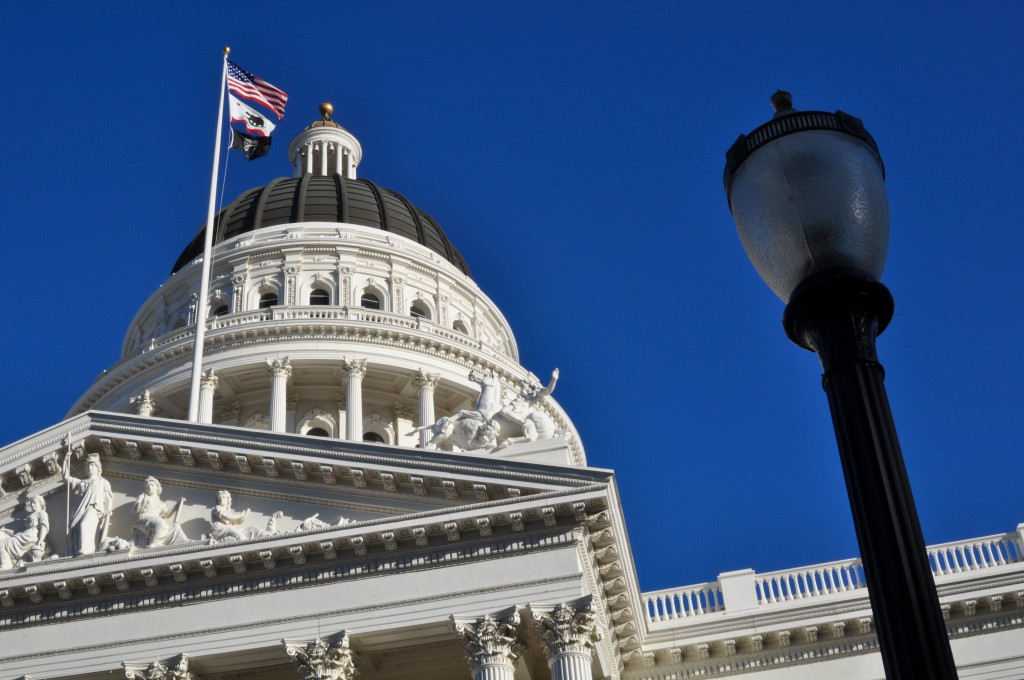The California Healthy Youth Act, which took effect on Jan. 1, 2016, requires school districts throughout the state to provide students with comprehensive sexual health education, along with information about HIV prevention, at least once in high school and once in middle school.

The state legislation also allows districts to offer age-appropriate sexual health education in earlier grades if they choose to do so. But parents can opt out of sex education, and local districts get to determine their own curriculum.
To help ensure a better understanding of the law, we’ve compiled a list of common questions and answers, courtesy of the California Department of Education and OCDE staff.
(For information on California’s health education standards and the health education framework that was adopted in 2019, check out our two-minute primer.)
What is the California Healthy Youth Act?
The California Healthy Youth Act is a state law that says districts must ensure that students in grades seven through 12 receive instruction covering human growth and development, including comprehensive sexual health education as well as HIV prevention education. Each student must receive this instruction at least once in middle school and at least once in high school.
The law spells out five primary goals:
1. To provide pupils with the knowledge and skills necessary to protect their sexual and reproductive health from HIV and other sexually transmitted infections and from unintended pregnancy;
2. To provide pupils with the knowledge and skills they need to develop healthy attitudes concerning adolescent growth and development, body image, gender, sexual orientation, relationships, marriage and family;
3. To promote understanding of sexuality as a normal part of human development;
4. To ensure pupils receive integrated, comprehensive, accurate and unbiased sexual health and HIV prevention instruction and provide educators with clear tools and guidance to accomplish that end;
5. To provide pupils with the knowledge and skills necessary to have healthy, positive and safe relationships and behaviors.
Are schools required to teach comprehensive sexual health education and HIV prevention?
Yes. The state legislation originally known as AB 329 requires that students in grades seven through 12 receive comprehensive sexual health education and HIV prevention education at least once in middle school and once in high school. However, school districts are tasked with selecting their own curricula under the leadership of their locally elected boards and superintendents.
Can parents opt out of sex education lessons?
Yes. The law makes it clear that parents can opt their children out of comprehensive sex education. According to the language in AB 329, “The Legislature recognizes that while parents and guardians overwhelmingly support medically accurate, comprehensive sex education, parents and guardians have the ultimate responsibility for imparting values regarding human sexuality to their children.”
Can parents opt out of instruction or materials that discuss gender, gender identity, gender expression and sexual orientation?
As mentioned above, parents or guardians can excuse their children from lessons about comprehensive sexual health and HIV prevention education, as well as research on student health behaviors and risks.
However, as stated in Education Code 51932(b), the opt-out provision of the California Healthy Youth Act does not apply to instruction or materials outside the context of sex education, including those that may reference gender, gender identity, sexual orientation, discrimination, bullying, relationships or family. For example, the opt-out rule associated with sex education would not apply to a social studies lesson on the U.S. Supreme Court’s 2015 ruling in favor of same-sex marriage.
What are the instructional criteria requirements for comprehensive sexual health education and HIV prevention education?
The law requires instruction and materials to meet a number of guidelines. Among them, they must be age-appropriate, medically accurate and objective, and appropriate for use with pupils of all races, genders, sexual orientations, ethnic and cultural backgrounds. They also must affirmatively recognize different sexual orientations and be inclusive of same-sex relationships in discussions; teach about gender, gender expression, gender identity and the harm of negative gender stereotypes; and teach the value of committed relationships such as marriage.
The full list of guidelines is listed in Education Code 51933. Again, every school district has the autonomy to choose its own curriculum as long as it meets the state guidelines. If parents have questions or concerns about the specific lessons used in their child’s class, they should contact the school or district.
What does the law say about abstinence?
Under AB 329, abstinence may not be discussed in isolation from other methods of preventing HIV, other sexually transmitted infections — or STIs — and pregnancy. However, the law requires that instruction and materials include information explaining that abstinence is the only certain way to prevent HIV, other STIs and unintended pregnancies. It also states that “Instruction shall provide information about the value of delaying sexual activity while also providing medically accurate information on other methods of preventing HIV and other sexually transmitted infections and pregnancy.”
You can read the full text of AB 329 on the California Legislative Information website. For more information on the California Healthy Youth Act, visit www.cde.ca.gov/ls/he/se/faq.asp.
